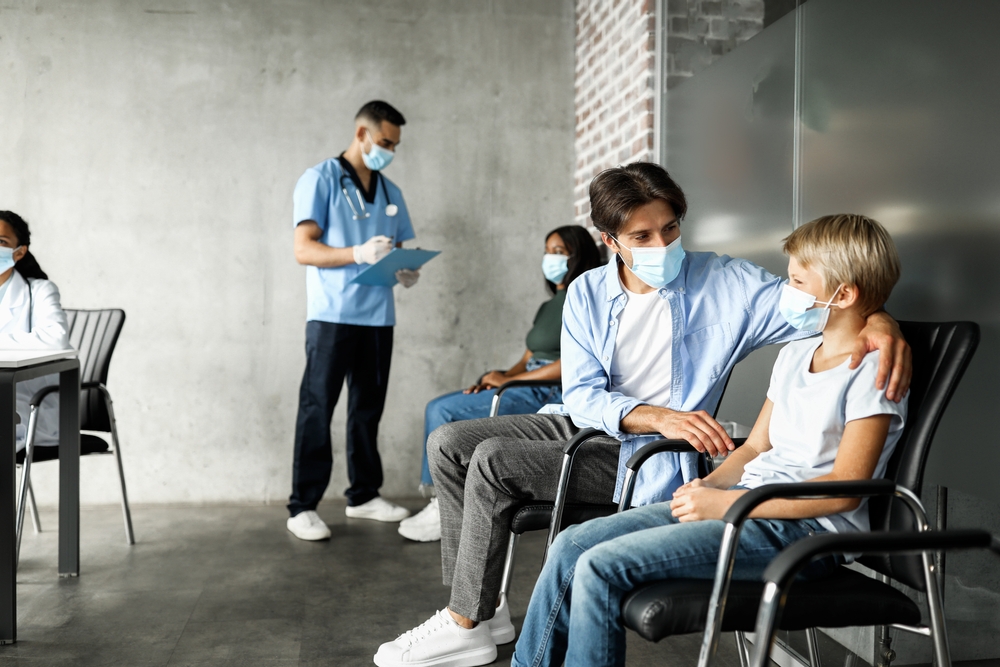An inpatient treatment center, also known as a residential treatment facility, is explained by the Anxiety & Depression Association of America (ADAA) as a “live-in health care facility providing therapy for substance abuse, mental illness, or other behavioral problems.” Inpatient teen treatment centers provide a safe and healing environment that affords a teenager with the ability to dedicate all his or her attention and energy to the recovery process. There is a plethora of different teenage residential treatment facilities. Further, each inpatient teen treatment program can vary in size, implement different clinical philosophy and methodology, require differing lengths of stay, enforce certain levels of structure and monitoring, and have additional distinct characteristics. This can create some confusion surrounding expectations, and although many are likely to vary, there are several universal expectations in an inpatient teen treatment facility of which to be aware, such as the following five examples:
- Minimized contact with the outside world: Many teenage residential treatment centers monitor and restrict the use of smartphone, tablets, and computers. In effort to cultivate balance and moderation, limiting these interactions can provide a teen with the mental and emotional space needed to focus on their own growth and recovery. It also reduces avoidable triggers and limits unwanted negative influences that may come from family members, friends, and acquaintances.
- Access to round-the-clock care: Residents will have access to 24-hour professional support, in addition to being closely monitored and supervised throughout the entire program.
- Personalized treatment plan: A customized and tailored treatment plan that is expressly geared to each teen’s personal needs will be carefully developed for each resident and will be comprised of one or more psychotherapeutic approaches, such as cognitive behavioral therapy (CBT), dialectical behavior therapy (DBT), psychodynamic psychotherapy, mindfulness-based cognitive therapy (MBCT), expressive arts therapies, etc., and medication, when necessary.
- Prioritize one’s overall health and wellbeing: The importance of developing, practicing, and refining one’s daily habits is emphasized in teen inpatient treatment centers (e.g., practicing mindfulness techniques, exercising regularly, implementing healthy sleeping habits, eating nutritiously, etc.).
- Aftercare plan: An aftercare plan is typically a co-creation between the young person in treatment and his or her clinical care team. It serves as a personalized resource that provides teenagers with both detailed and broad guidance, often including suggestions for how to navigate challenges post treatment, strategies for relapse prevention, and more. Research has demonstrated that aftercare is one of the top factors impacting the longevity of teen mental health recovery.
For Information and Support
Every family in need of mental health treatment must select a program that will best suit the needs of their family. When one member of a family struggles, it impacts everyone in the family unit. To maximize the benefits of treatment we work closely with the entire family to ensure that everyone is receiving the support they need through these difficult times. Seeking help is never easy, but you are not alone! If you or someone you know needs mental health treatment, we strongly encourage you to reach out for help as quickly as possible. It is not uncommon for many mental health difficulties to impact a person’s life, long term. Pursuing support at the beginning of one’s journey can put the individual in the best position to learn how to manage themselves in a healthy way so they can go on to live happy and fulfilling lives.
OUR KNOWLEDGEABLE ADMISSIONS TEAM CAN BE REACHED 24/7 AT INFO@PACIFICRTC.COM OR CALL: 800-531-5769





